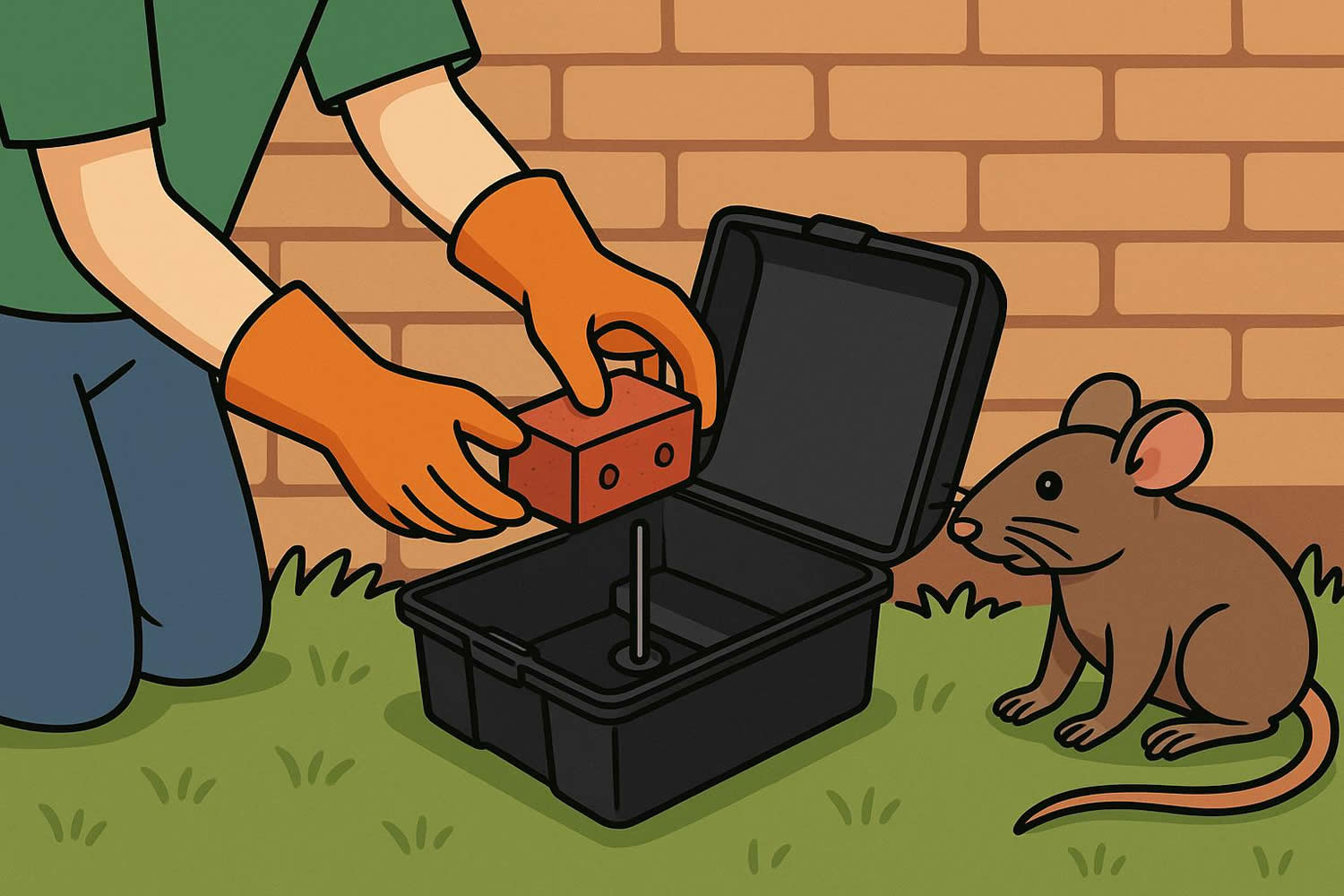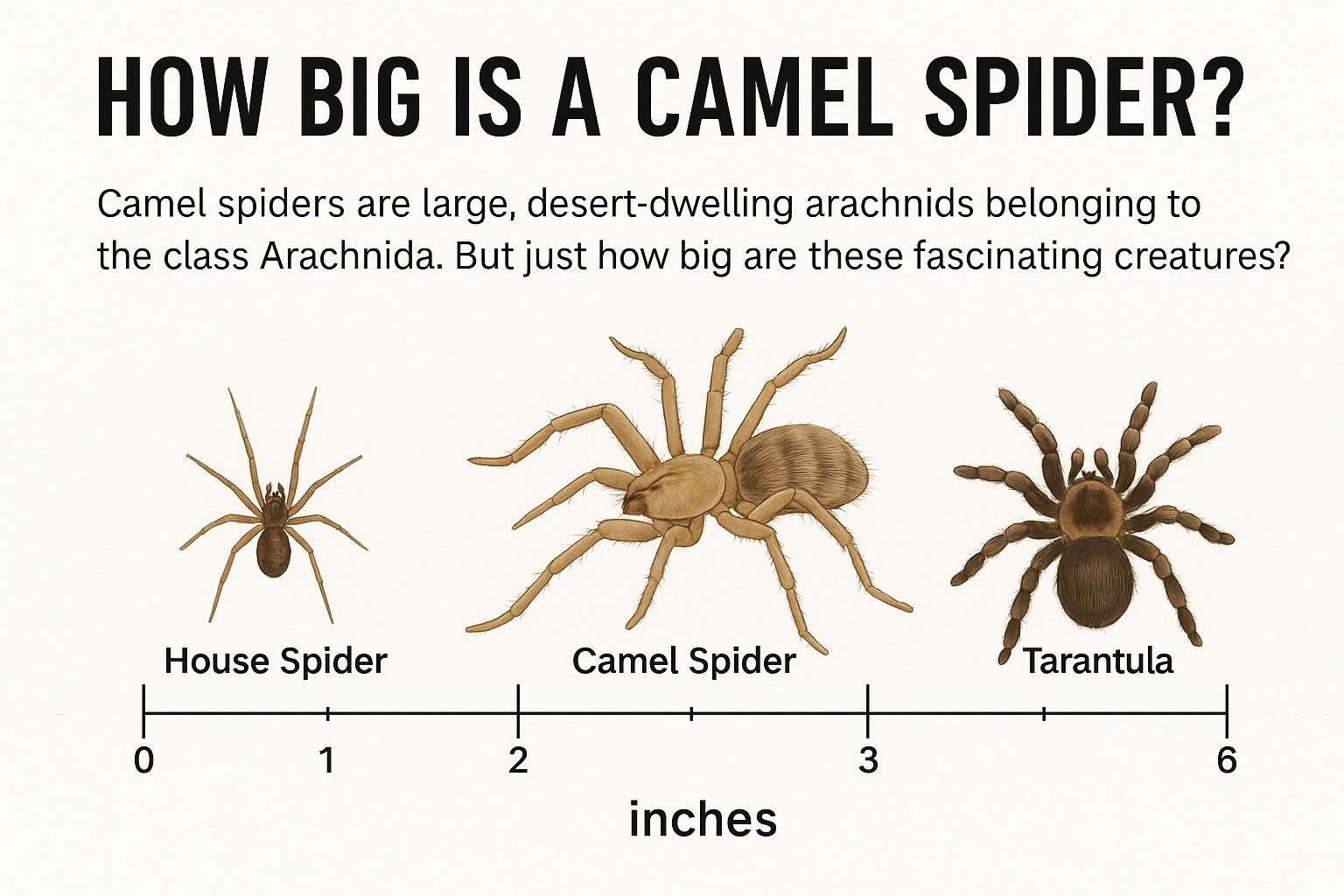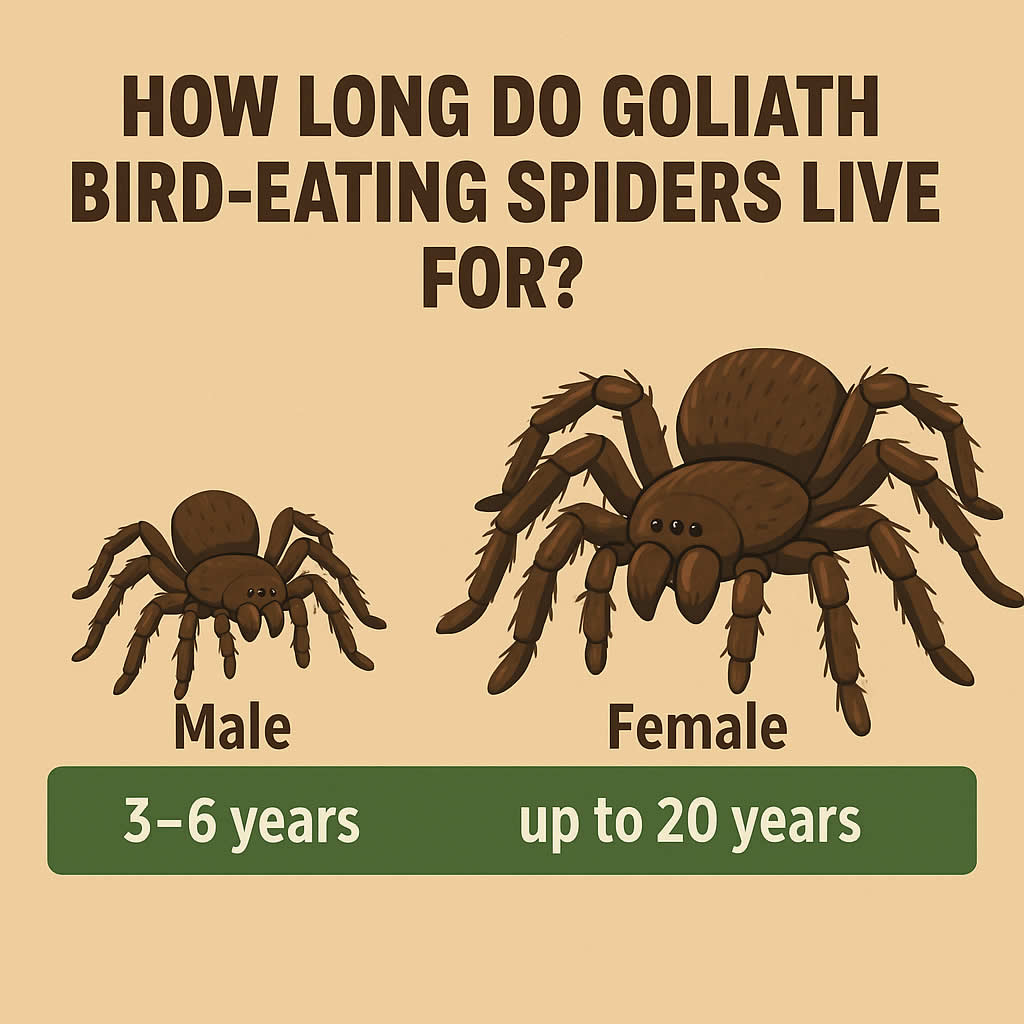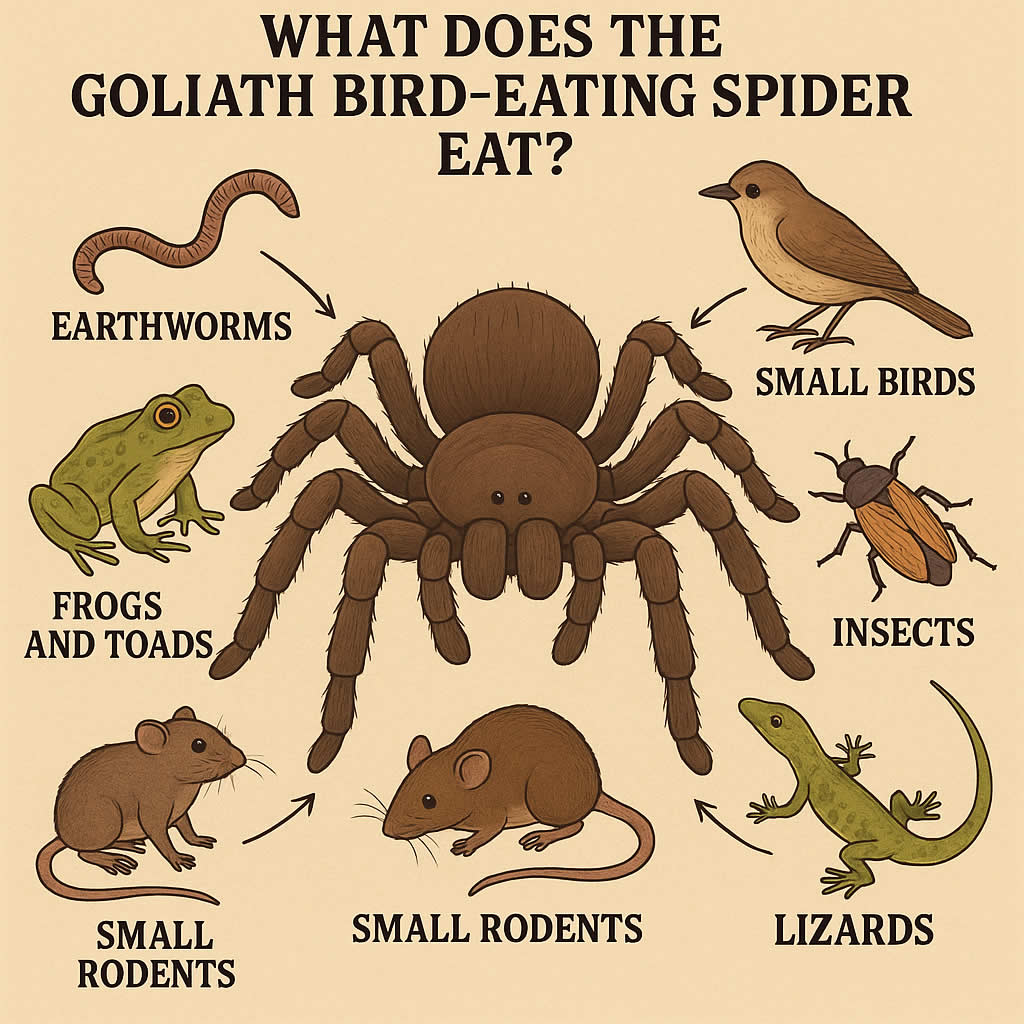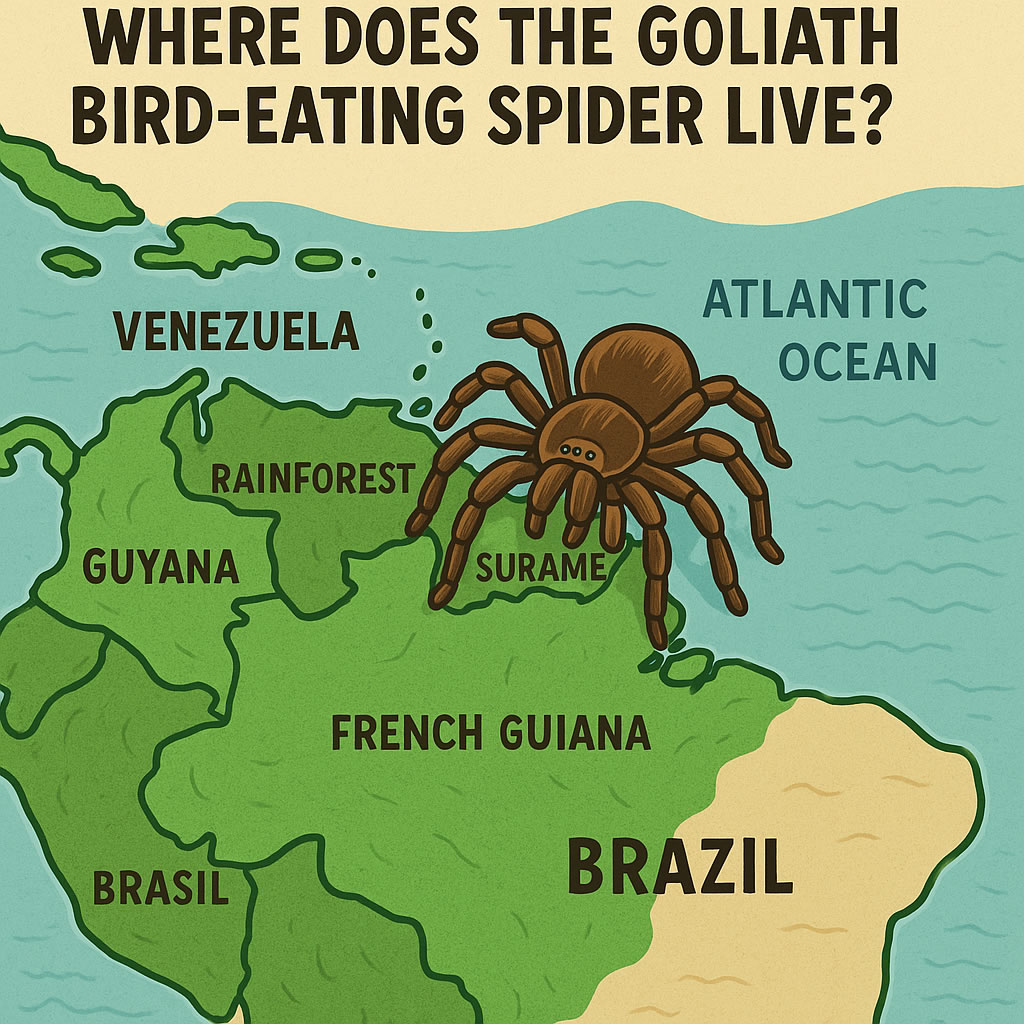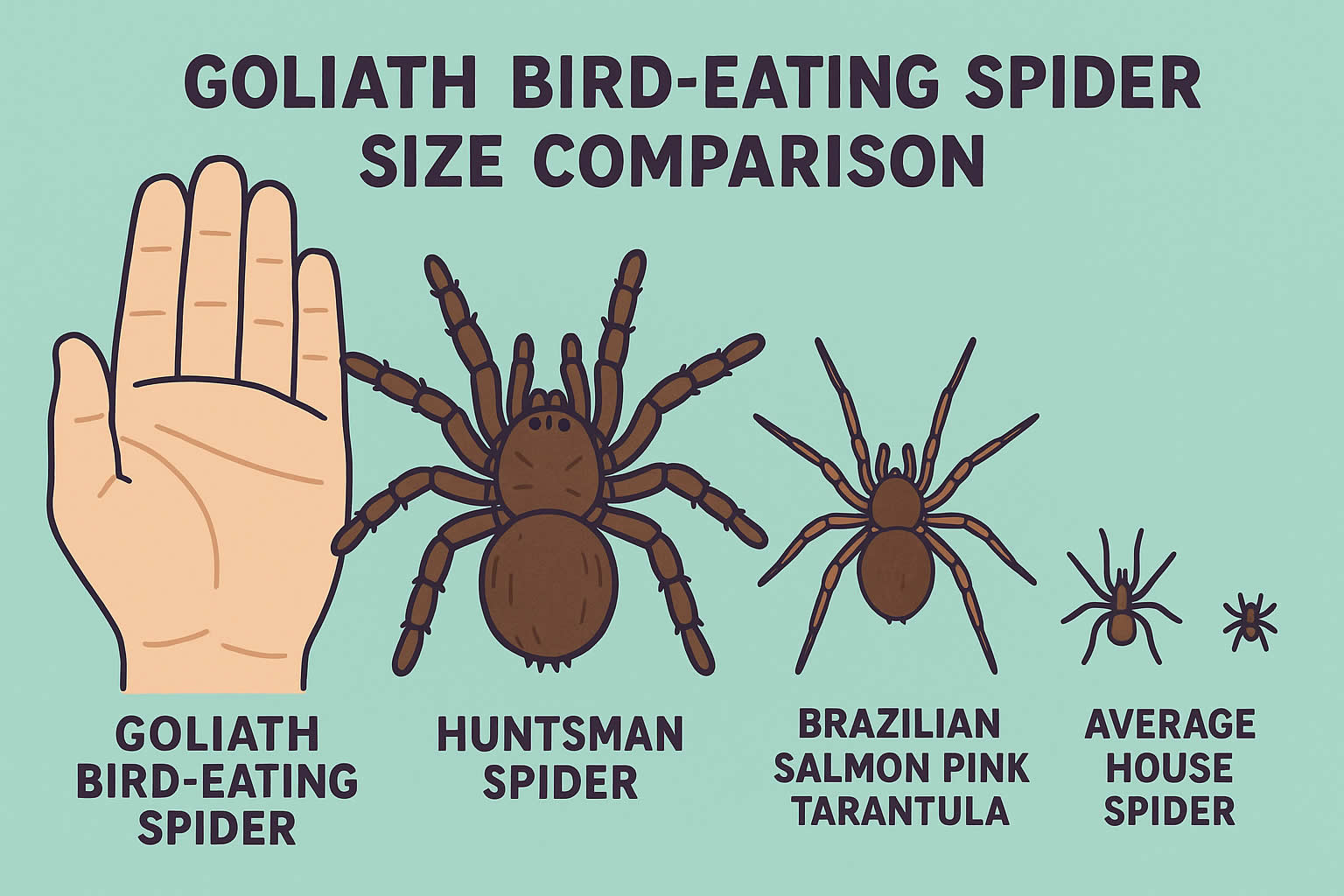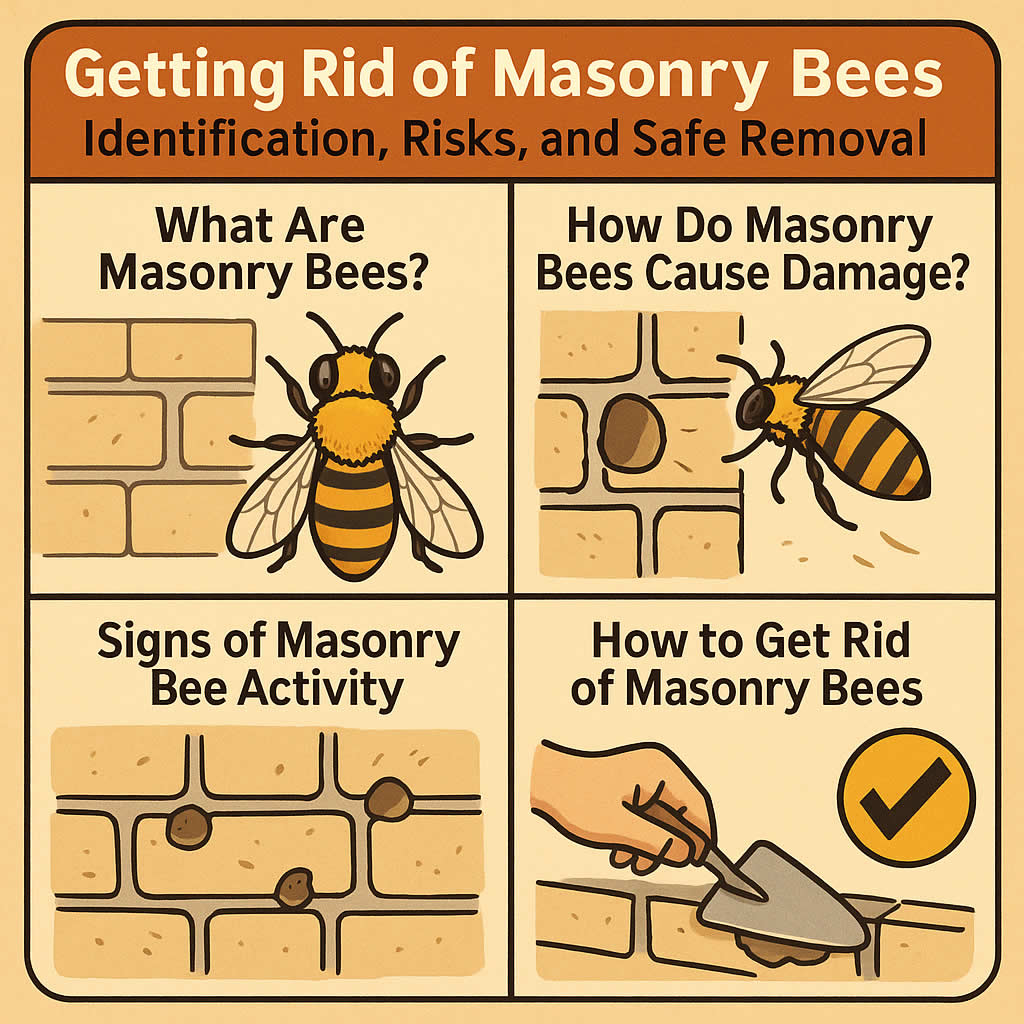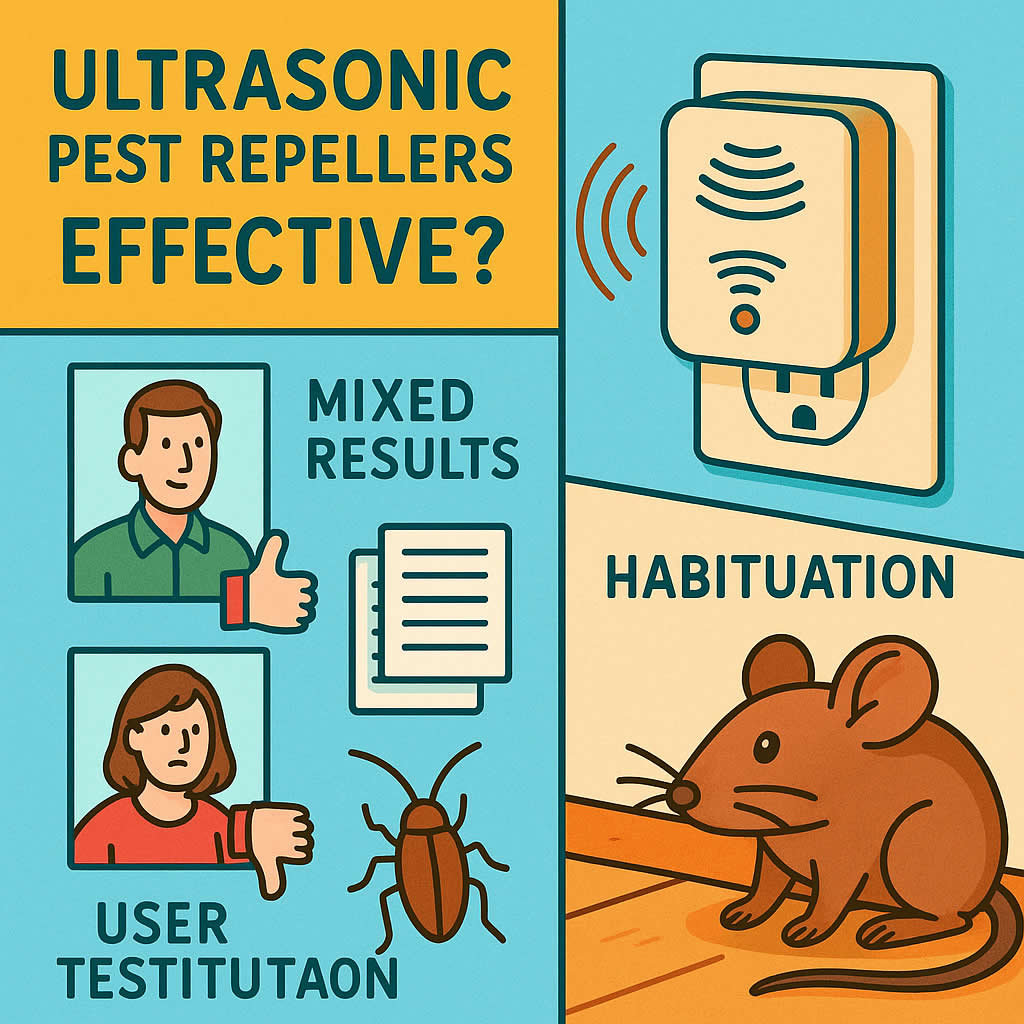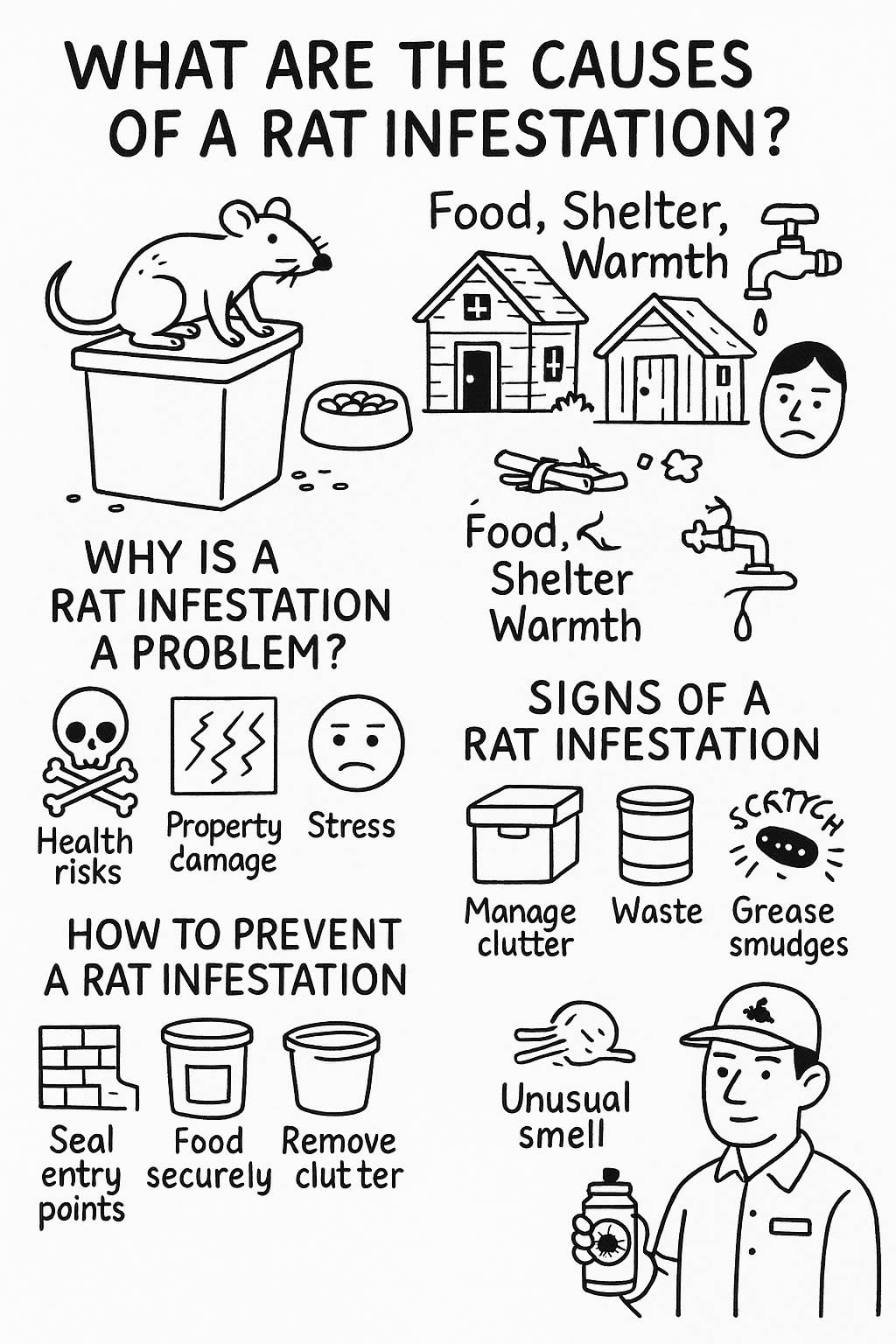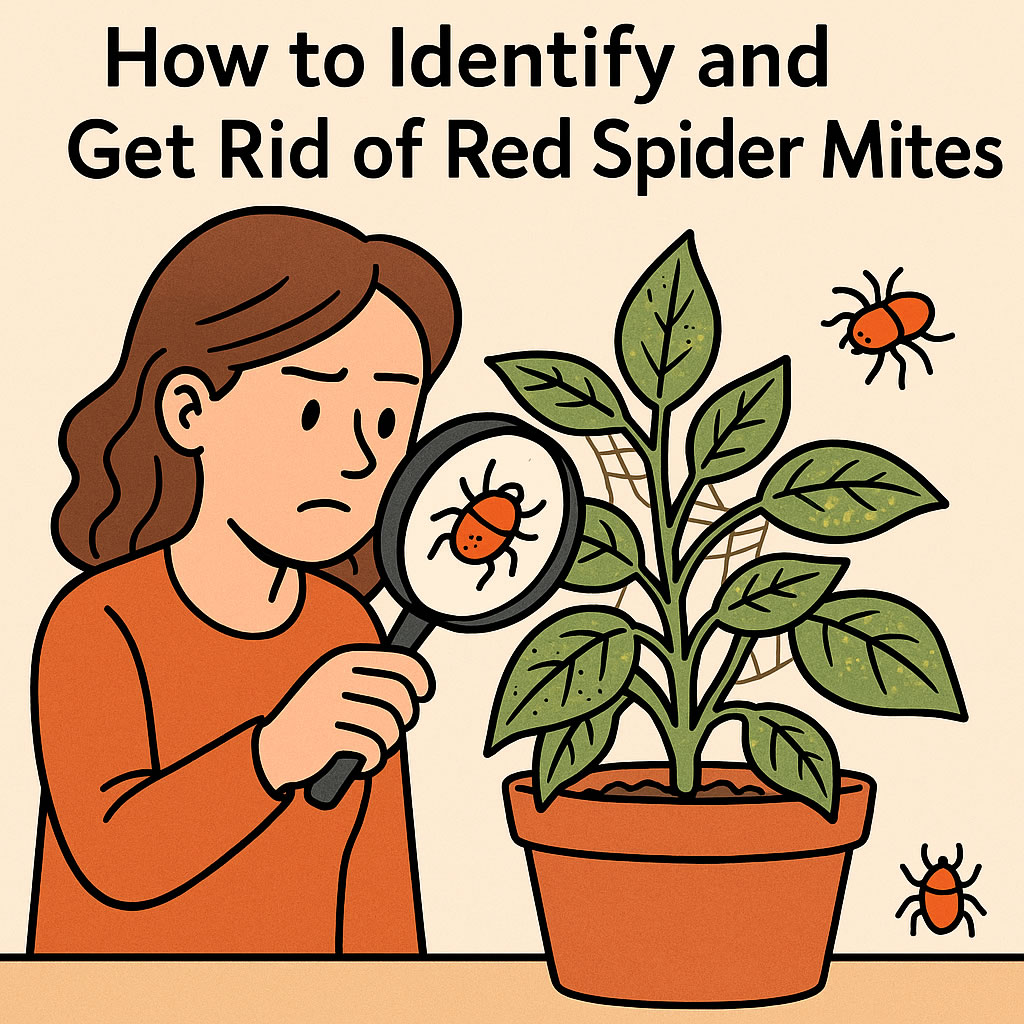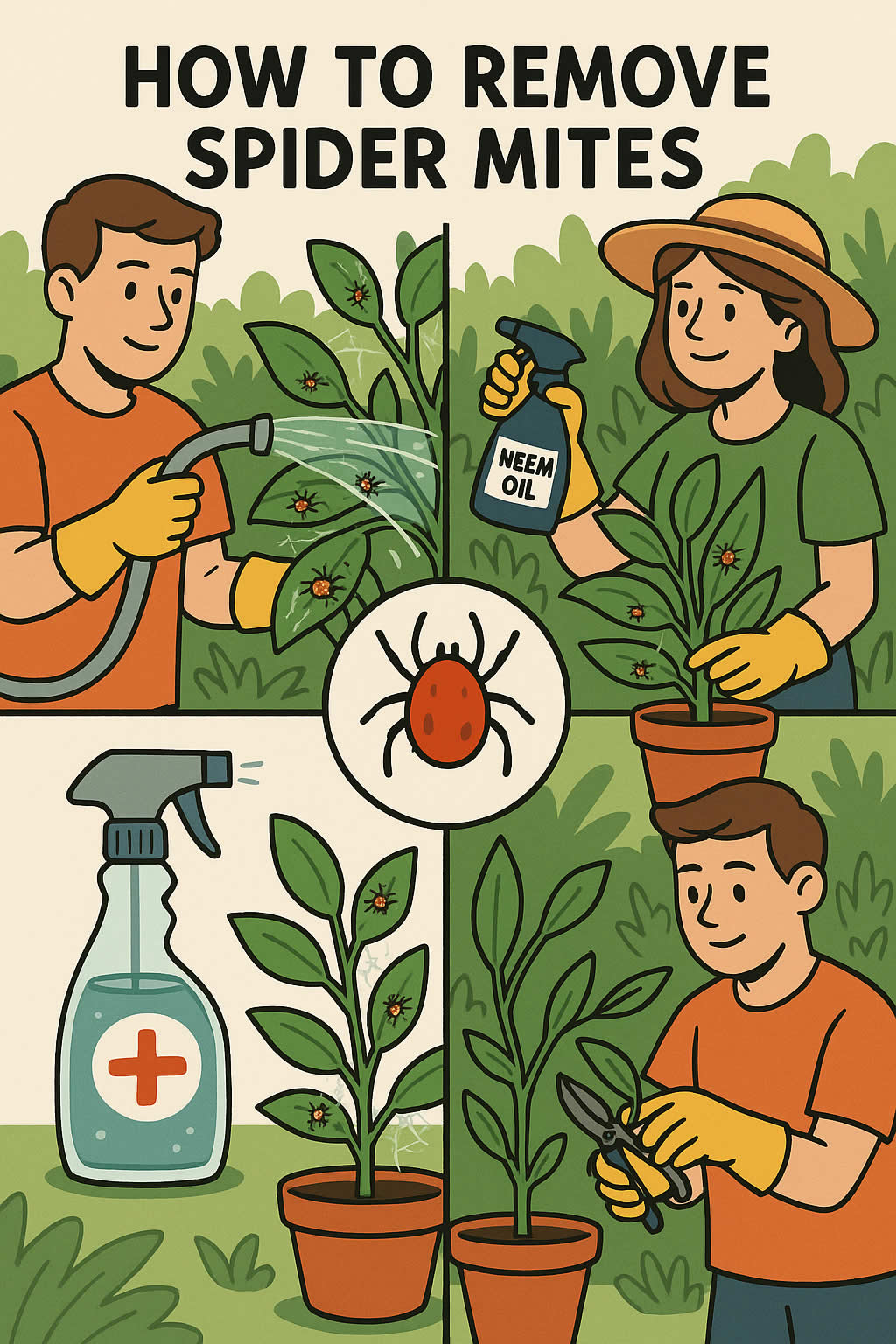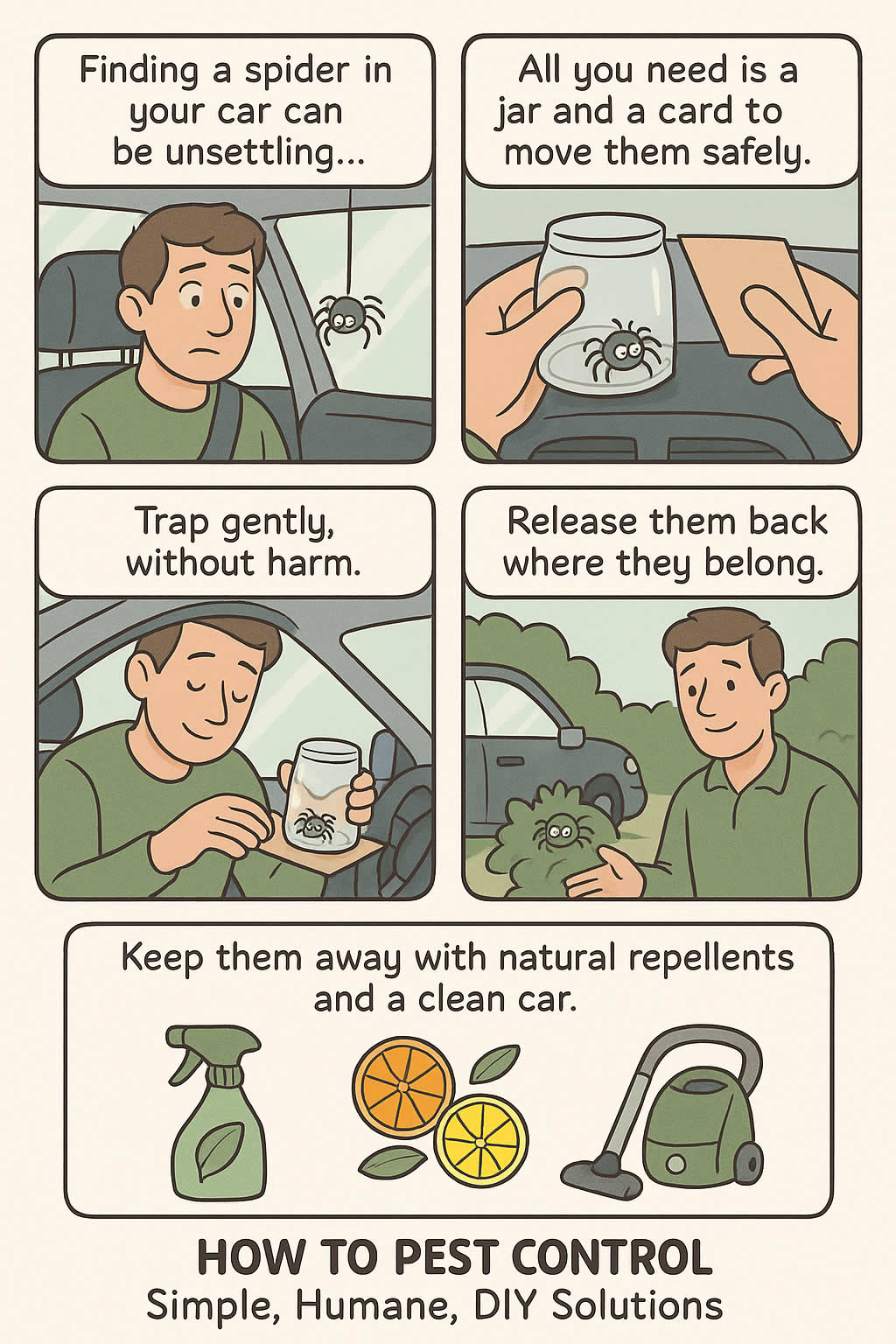Related Queries
ToggleIf you’ve spotted signs of rats around your home or garden, you’re probably thinking about baiting as one of your options. And while rat bait can be powerful, it needs to be used properly. That’s where bait stations come in. They’re not just there to hold poison – they protect pets, keep bait dry, and give rats a quiet place to feed. But you’ve got to know how to use them the right way if you want to get results without causing harm.
In this post, I’ll walk you through everything you need to know about using rat bait stations. It doesn’t matter if you’ve never used one before – I’ll break it all down into clear steps and help you feel confident doing it. This guide is all about being practical, safe, and humane while still tackling your rat problem head-on.
What exactly is a rat bait station and why should you use one?
So let’s start with the basics. A rat bait station is a tough, lockable box that holds poison bait inside. It’s designed to stop other animals – like dogs, cats, hedgehogs, and birds – from getting to the bait. And it protects children too. You can put one indoors, outdoors, or even in loft spaces or garages.
You might think it’s enough to just lay out some bait in a corner and wait. But rats are wary. They’ll often avoid open spaces, especially if something smells off. Bait stations give them a place where they feel safe enough to eat. And that makes a massive difference.
Here’s what a good bait station does for you:
- Keeps bait dry, even in heavy rain
- Stops pets and wildlife from touching it
- Encourages rats to feed by making them feel secure
- Helps you monitor bait levels and activity
Using them properly means you’re using poison responsibly. It’s not about wiping out everything that moves – it’s about dealing with rats without risking harm to the rest of your environment.
Where should you place a rat bait station?
The most common mistake people make with bait stations is putting them in the wrong spot. Rats won’t go out of their way for bait. You’ve got to put it where they’re already moving around.
Look for these signs before you decide where to place it:
- Rat droppings – they look like dark, tapered pellets
- Grease marks – rats leave smudges on walls as they brush past
- Gnaw marks – on wood, pipes, or even food packaging
- Burrow holes – especially in gardens or near outbuildings
- Runways – worn tracks along fences or the base of walls
Once you’ve found the hotspots, that’s where your bait stations need to go. Ideally, tuck them:
- Along walls or fences (rats don’t like crossing open ground)
- Close to their entry points, like air bricks or broken vents
- Near water sources – rats get thirsty often
- Inside lofts or under floorboards, if that’s where you hear activity
Try not to move the stations around once you’ve set them. Rats like routine. If they spot something has changed, they’ll avoid it for days. Patience is key.
How do you load and secure bait inside a station?
Now that you’ve placed the station, it’s time to load it up. Most bait stations have internal rods or trays. This stops the rats from dragging the bait away to stash somewhere else – or worse, out into the open.
Here’s how you should do it:
- Wear gloves. Always use gloves when handling bait. It’s not just for safety – your scent can put rats off.
- Choose the right bait. Go for a bait that matches your situation. Block baits last longer in wet areas. Pasta or grain baits work better indoors or in dry spaces. Some modern baits are even made to be less toxic to non-target animals, though you still need to be cautious.
- Fix the bait in place. Use the rods or trays to keep bait secure. Make sure it’s not touching the lid or walls – rats like to feel sheltered while they eat.
- Close and lock the station. This is crucial. Don’t leave it half-open. A child or pet could get in otherwise.
- Mark it. Some people like to mark the station with chalk or a tag, especially in larger gardens or sheds. That way, you don’t lose track.
How often should you check the bait station?
You’ll want to check your bait stations every few days at first. If the bait’s going down quickly, that’s a good sign – but it also means you’ve got more than just one or two rats. Keep topping it up until you notice activity slowing down.
Don’t leave the station unchecked for weeks. If the bait goes mouldy or infested with insects, rats won’t touch it. Worse still, it could start affecting pets or the environment if it gets out.
Here’s a quick guide to what to look for when checking:
- Is the bait eaten? If so, top it up.
- Are there new droppings nearby? That means you’ve still got active rats.
- Are there signs of gnawing on the station? That could mean rats or even squirrels.
- Is the station still locked and in place?
As the activity dies down, you can start spacing out your checks – once a week is usually enough after that.
What should you do when the bait isn’t being touched?
Don’t panic if your bait doesn’t get eaten straight away. Rats are cautious by nature, especially when something new shows up in their territory.
Here’s what might be happening and how to fix it:
- You placed it in the wrong spot. Go back and check for signs of rat activity. If there’s nothing nearby, move the station to where there is.
- The rats are already well-fed. If they’ve got access to bins, compost, or bird seed, they won’t bother with bait. Cut off their food sources first.
- They don’t feel safe. Make sure the station is tucked up against a wall or hidden behind something. Don’t put it out in the open.
- You touched the bait with bare hands. Rats have a keen sense of smell. Always use gloves.
If nothing changes after a couple of weeks, try switching to a different type of bait. Sometimes rats get picky, especially if they’ve been exposed to sublethal doses before.
Is it safe to use bait stations around pets and children?
It can be, but only if you take care. Most modern bait stations are tamper-resistant and have locks or clips that are hard to open. Still, you should always place them well out of reach of kids and curious pets.
Stick to outdoor corners, behind sheds, under decking, or in locked lofts if you can. If you need to use one indoors, try placing it behind a heavy appliance or inside a cupboard with a childproof lock.
If you’re ever unsure, go for bait that contains a bittering agent – it won’t stop a rat, but it’ll make pets spit it out if they somehow get to it. And always store any leftover bait well away from food or animal feed.
What should you do once the rats are gone?
Once you’ve stopped seeing signs of rats for a couple of weeks, you can start to wind down the baiting. But don’t just pack everything away and forget about it.
Here’s what you should do next:
- Remove the bait from stations and dispose of it properly, following the instructions on the packet.
- Clean the station. Rats carry disease, so give the box a good wash with disinfectant – again, with gloves.
- Block up entry points. Now that rats are gone, stop them getting back in. Seal up holes with wire mesh, metal plates, or concrete.
- Store the stations. Keep them in a safe place, in case you need them again later.
Some people like to leave a couple of bait stations out as a monitor, especially in sheds or horse barns. You can load them with non-toxic bait or tracking blocks. That way, you’ll spot a new problem early before it turns into another full-blown infestation.
Are there any legal or environmental concerns you should know about?
Yes, and this bit is important. In the UK, you’re allowed to use rodenticides on your own property – but only following the product’s instructions. Always read the label and never use more than you’re supposed to.
You should never:
- Put bait out in the open without a station
- Use professional-grade poisons without training
- Leave bait down after the problem is solved
And if you live near wildlife areas or farmland, be extra cautious. Secondary poisoning is a real risk – owls, foxes, and even cats can be affected if they eat a poisoned rat. So always go for a station, never leave loose bait out, and avoid over-baiting.
If you’re not sure, it’s worth checking with a pest control professional or local council. They’ll often give advice or even help with placement.
Final thoughts – how to stay on top of rat problems long-term
Using a rat bait station isn’t just about killing rats. It’s part of a bigger plan. If you want lasting results, you need to think about what attracted them in the first place.
Here’s how you keep them from coming back:
- Keep bins sealed and compost covered
- Clear up bird seed, pet food, and fallen fruit
- Trim back thick plants and ivy they might hide in
- Block up gaps in sheds, garages, and brickwork
- Check under decking and remove clutter they can nest in
If you stay on top of these things, you’ll give rats fewer reasons to come close. And if they do, you’ll be ready.
That’s it – you now know how to use rat bait stations properly. It’s not complicated once you get the hang of it. Just remember: placement is key, check regularly, and be safe. That little black box could be the reason you finally get some peace and quiet again.
Pest Control Kempston Central And East – Pest Control West Midlands – Pest Control Cauldwell
